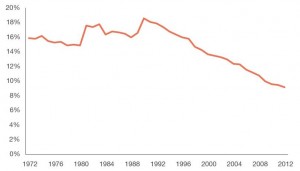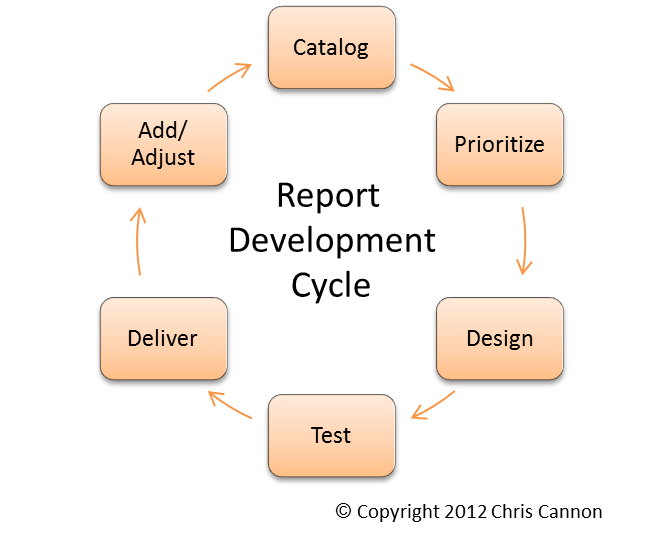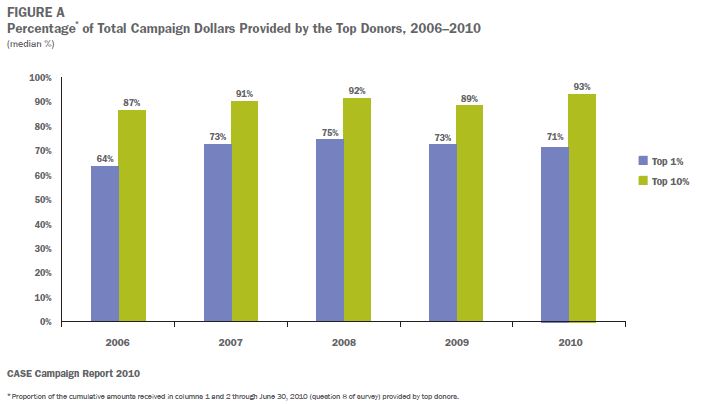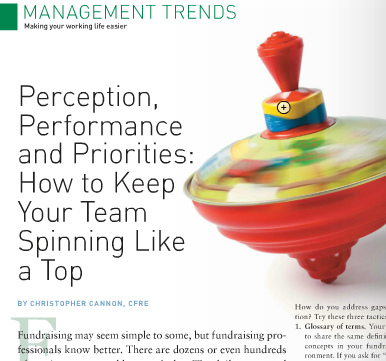Fewer than 1-in-10 alumni give back! What are you doing about this? And, how long will it take you?

Many in our industry have been pointing to the declining alumni participation rates. This isn’t new; since the 1980’s, the rate has dipped 10%! The alarm that these rates should generate, however, has been muted. The malaise toward this decline is likely due to the increasing average gifts education institutions are concurrently experiencing. Even for engaged or elite institutions, this downward trend is, well, alarming. The CNN Money article highlighting this decline points to multiple degrees across multiple institutions as a cause, as well as overall indebtedness experienced by recent alumni. If this were the case, I wouldn’t be so worried for our long-term health. But, I am. And, you should be, too. Here’s why:
- Now or never. If you don’t reach your grads from the last 10 years (often called GOLD—Graduates of the Last Decade), they tend not to be reclaimed. Life and other philanthropic interests just get in the way.
- Competition is fierce. As the hyper-successful ALS ice bucket challenge is proving (and Kickstarter, fundme, and other “give-right-now” opportunities reinforce) there are only so many disposable income dollars. Giving is typically 2% of GDP each year; it doesn’t rise or fall much, and, in 2013, Warren Buffett was about 1% all giving in the U.S.! If you wait to engage donors on your timetable, other nonprofits may slide in ahead of you.
- Education is changing. The days of “the best four years of your life” as a case for support are changing. Campus-based higher education will not be replaced, but many alums did not and will not really imprint with their alma mater.
Many institutions are trying mightily to change the trend. The costs can be great and the return can be fleeting. A few benefit from tightly knit alumni bases with a culture of philanthropy But if yours doesn’t, you need to act. Given the three reasons for alarm, your annual giving effort must change, potentially radically.
Direct mail? Sure, but no longer on your calendar…move mailings to gain preemptive gifts from those who will be poached by other causes. This point cannot be emphasized enough. Your competition isn’t just the crush of holiday mailings which may drown your year-end mailing; the real competition started yesterday, doesn’t care what your mail house schedule is or how long it takes to get an appeal letter approved, and–by today–may have siphoned hundreds of your donors’ disposable income away through crowdfunding, self-funding sites, slick Facebook apps, and other tools that higher ed has been slower to adopt.
Phonathon? Yep, except work harder to get cell phones and build a texting-based strategy.
Social media? Of course, but don’t expect “ice bucket” results. Instead, start with data and analysis, identify and engage well-networked alumni and ask them to tweet, like, and post on your behalf.
Peer-to-Peer? Many in higher ed have great success with “class agent” models. These need more sophisticated tools to support more wired alumni groups. Excel files emailed on an occasional basis are not going to do it for most alums who want to help.
Email? Yep. But, as with cell phone and direct mail, data quality and targeting must be improved.
If you don’t have the budget or the base to tackle the issue, there is a less palatable option—change your focus. We all know US News & World Report is a beast that must be fed. However, only sizable percentage gains will likely affect your institution’s positioning. With your data, annual giving avenues, and donor behaviors, is a 20% gain at all feasible? How much will that pull up your ranking? Most will find that this is a stretch goal, at best. So, dive headlong into retention and upgrades as parallel measures of success. Bring up average gifts…literally by generating larger averages and tactically in board presentations and as metrics.
The future of education may be so different than anticipated that any predictions will be way off. However, this doesn’t mean that preparation and reinvention should be postponed. In fact, because we don’t know what’s coming, we must immediately tackle the sliding participation of our young alumni while working diligently to retain or reclaim more seasoned alumni.
Hope is not a strategy so get going in changing your approach to changing alumni behaviors.



